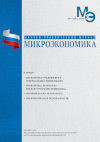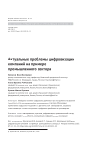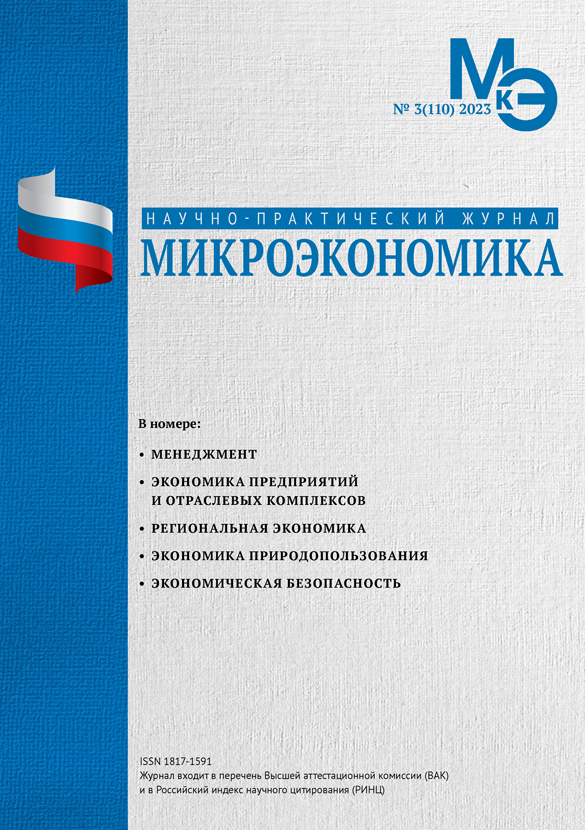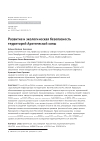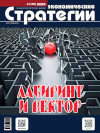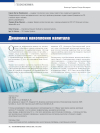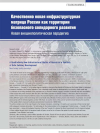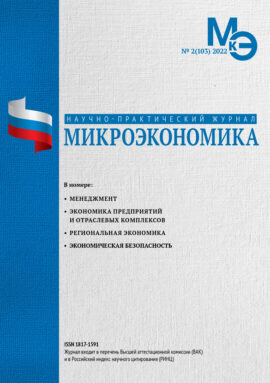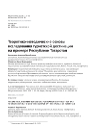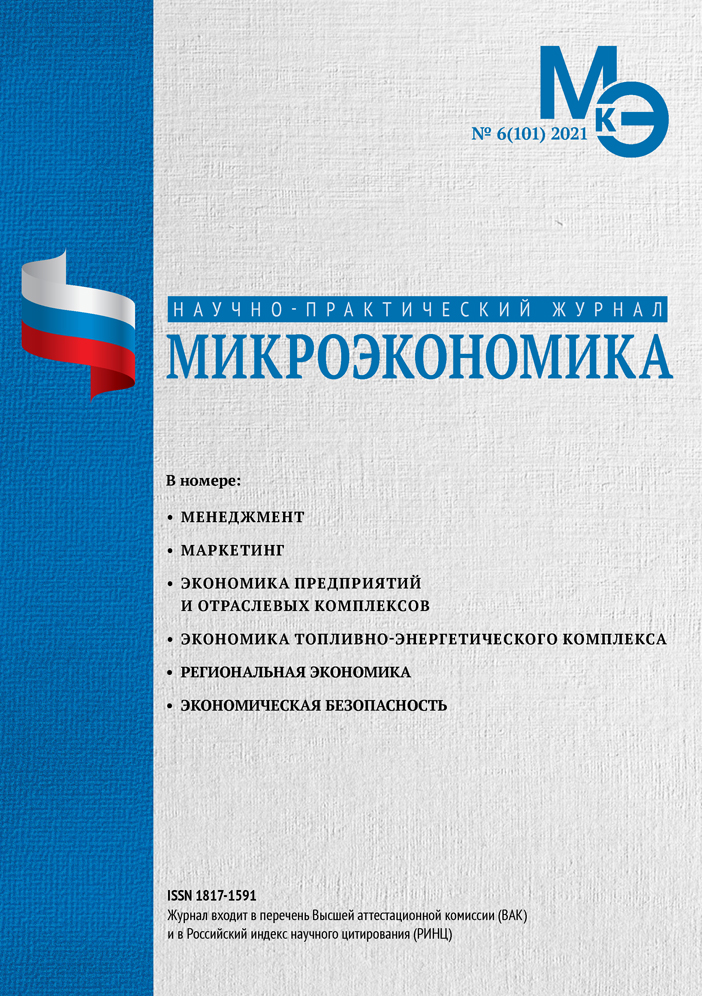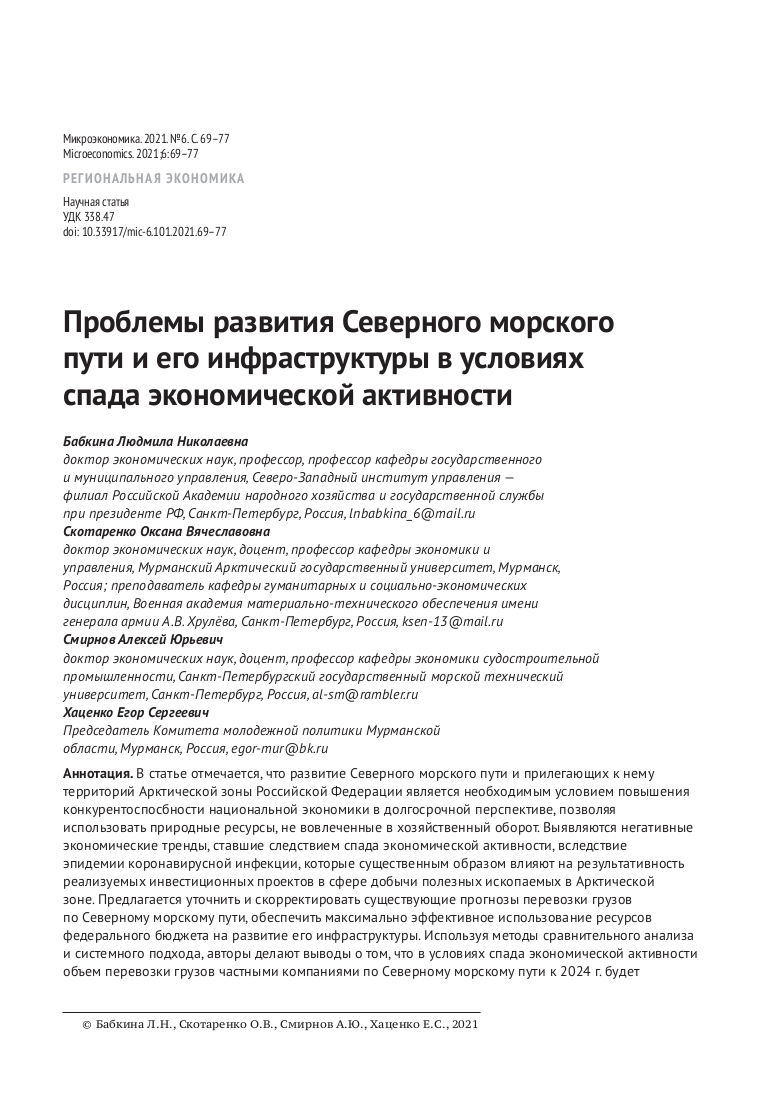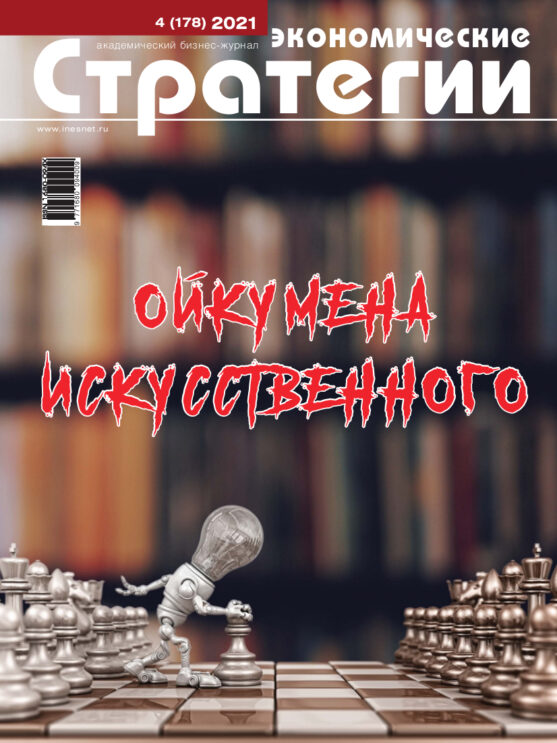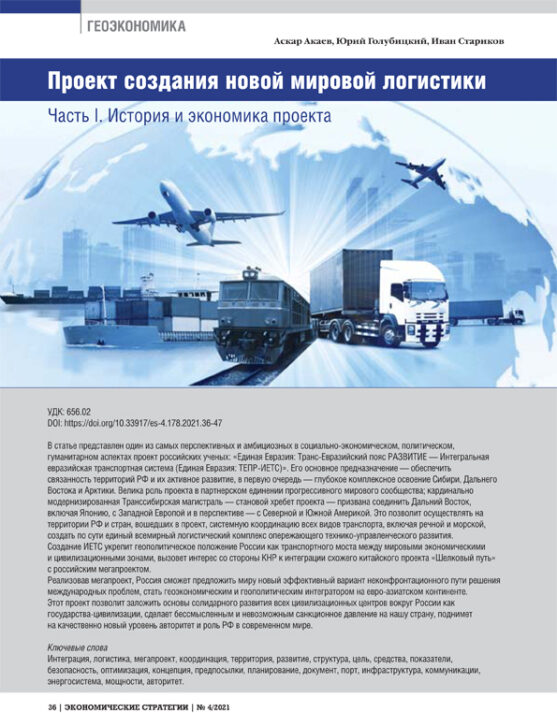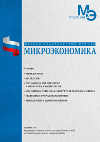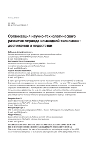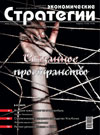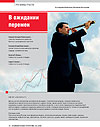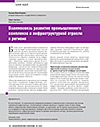DOI: 10.33917/es-2.188.2023.24–35
The article discusses the scheme of K. Marxian expanded reproduction through the prism of the capital accumulation analysis by R. Luxembourg taking into account of the infrastructure impact on the development of capitalism.
The author gives examples of the 21st century infrastructure, in par ticular he examines multilateral platforms — payment systems for cross-border payments, associated with broadband satellite Internet access and an ar tificial intelligence environment.
References:
1. Kuznetsova A.I. Infrastruktura: voprosy teorii, metodologii i prikladnye aspekty sovremennogo infrastrukturnogo obustroistva. Geoekonomicheskii podkhod [Infrastructure: Issues of Theory, Methodology and Applied Aspects of Modern Infrastructure Development. Geoeconomic Approach]. Moscow, KomKniga, 2006, 456 p.
2. Novoselov A.S. Regional’nye rynki [Regional Markets]. Moscow, TERRA, 1999, 476 p.
3. Samuel’son P., Nordkhaus V.M. Ekonomika [Economy]. Moscow, Vil’yams, 2001, 688 p.
4. Buzgalin A.V., Kolganov A.I. Global’nyi capital [Global Capital]. Moscow, Editorial URSS, 2004, 512 p.
5. Vazyulin V.A. Logika “Kapitala” K. Marksa [The Logic of K. Marx’s “Capital”]. 2-e izd. Moscow, Sovremennyi gumanitarnyi universitet, 2002, 392 p.
6. Gegel’ G.V.F. Nauka logiki [The Science of Logic]. Saint Petersburg, Nauka, 2005, 799 p.
7. Marks K. Kapital [Capital]. T. I–III. Moscow, Politizdat, 1978, 629 p.
8. Lyuksemburg R. Nakoplenie kapitala [The Accumulation of Capital]. 5-e izd. Moscow — Leningrad, Gos. Sotsial’no-ekonomicheskoe izdatel’stvo, 1934, 478 p.
9. Organizatsiya ekonomicheskogo sotrudnichestva i razvitiya, M3 dlya SShA [Organization for Economic Co-operation and Development, M3 for the United States]. FRED, Federal’nyi rezervnyi bank Sent-Luisa, available at: https://fred.stlouisfed.org/series/MABMM301USM189S.
10. Zaidenvarg V.E., Podolyak V.I., Saraev V.N. Osnovy upravleniya krizisami na rynkakh uglya, gaza i elektroenergii [Fundamentals of Crisis Management in the Coal, Gas and Electricity Markets]. Moscow, Institut ekonomicheskikh strategii, 2003, 192 p.
11. Malkov S.Yu. Sotsial’naya samoorganizatsiya i istoricheskii protsess: Vozmozhnosti matematicheskogo modelirovaniya [Social Self-Organization and the Historical Process: Possibilities of Mathematical Modeling]. Moscow, Knizhnyi dom “LIBROKOM”, 2009, 240 p.
12. Interlinking payment systems and the role of application programming interfaces: a framework for cross-border payments. Basel, Switzerland, Bank for International Settlements, Committee on Payments and Market Infrastructures (CPMI). Report to the G20, 2022, July, 53 p.
13. Exploring multilateral platforms for cross-border payments. Basel, Switzerland, Bank for International Settlements, 2023, January, 33 p.


